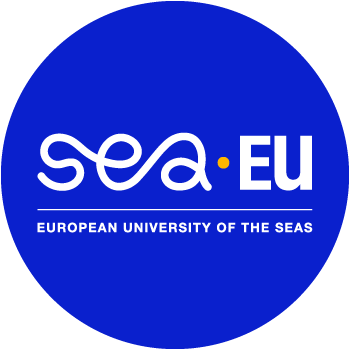
A versatile fluorinated azamacrocyclic chelator enabling 18F PET or 19F MRI: a first step towards new multimodal and smart contrast agents.
Charline Sire, Vincent Meneyrol, Nathalie Saffon-Merceron, Enzo Terreno, Francesca Garello, Lorenzo Tei, Emmanuelle Jestin, Raphaël Tripier and Thibault Troadec
Chem. Sci., 2024,15, 13550-1355, doi: 10.1039/D4SC02871F, hal-04665317, V1
Macrocyclic chelators play a central role in medical imaging and nuclear medicine owing to their unparalleled metal cation coordination abilities. Their functionalization by fluorinated groups is an attractive design, to combine their properties with those of 18F for Positron Emission Tomography (PET) or natural 19F for Magnetic Resonance Imaging (MRI), and access potential theranostic or smart medical imaging probes. For the first time, a compact fluorinated macrocyclic architecture has been synthesized, based on a cyclen chelator bearing additional pyridine coordinating units and simple methyltrifluoroborate prosthetic groups. This ligand and its corresponding model Zn(II) complex were investigated to evaluate the 18F-PET or 19F MRI abilities provided by this novel molecular structure. The chelator and the complex were obtained via a simple and high-yielding synthetic route, present excellent solvolytic stability of the trifluoroborate groups at various pH, and provide facile late-stage 18F-radiolabeling (up to 68% radiochemical yield with high activity) as well as a satisfying detection limit for 19F MRI imaging (low mM range).


